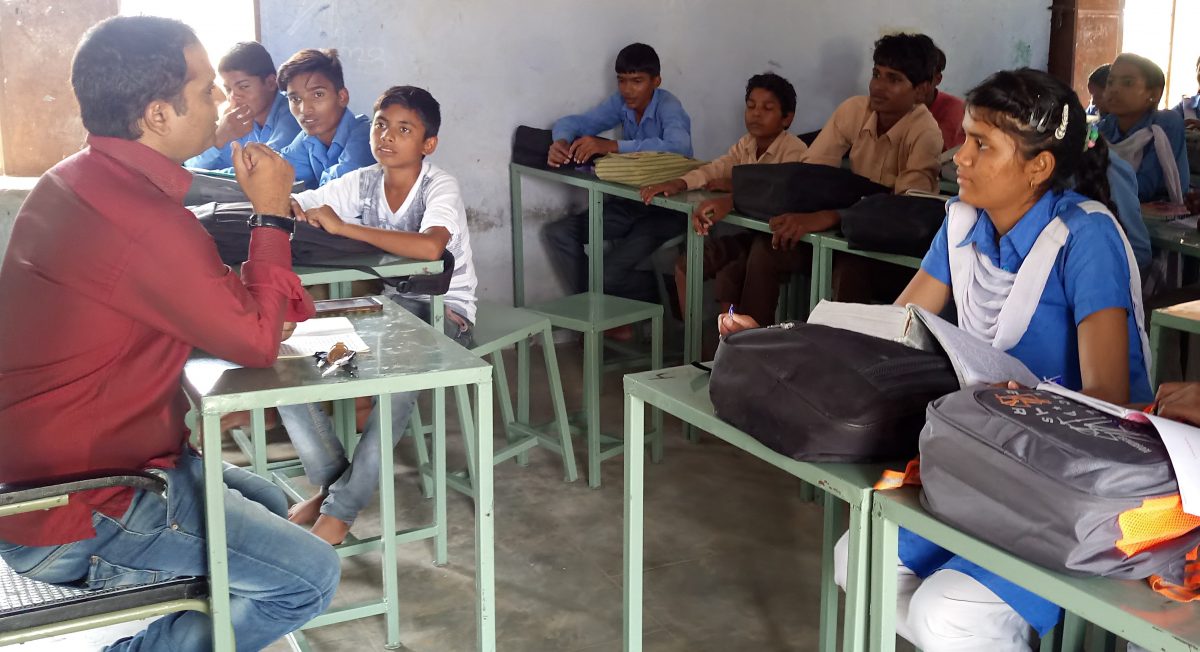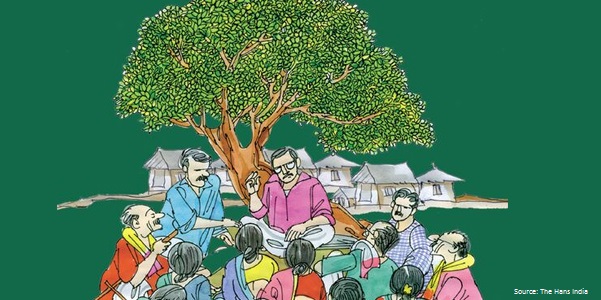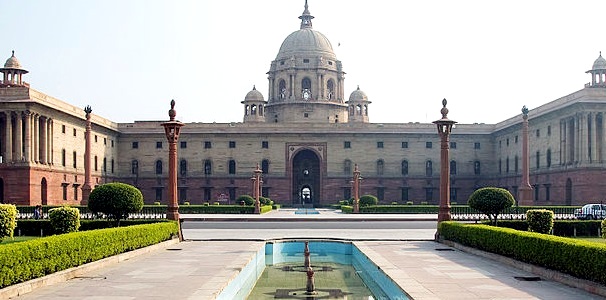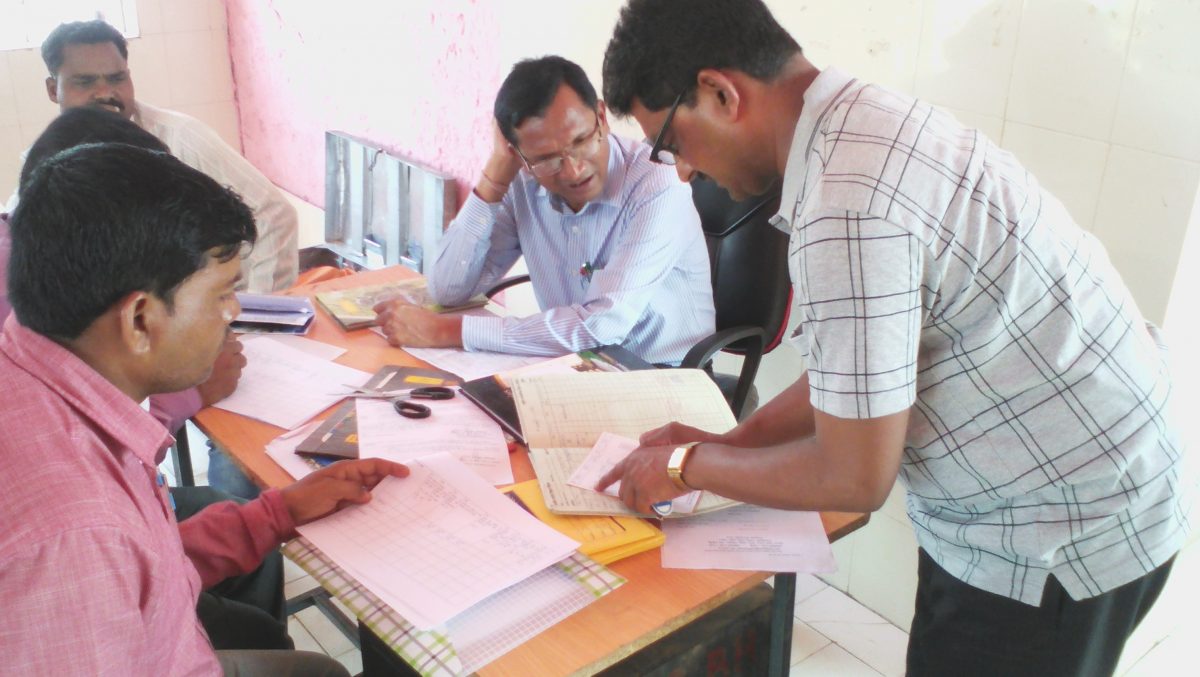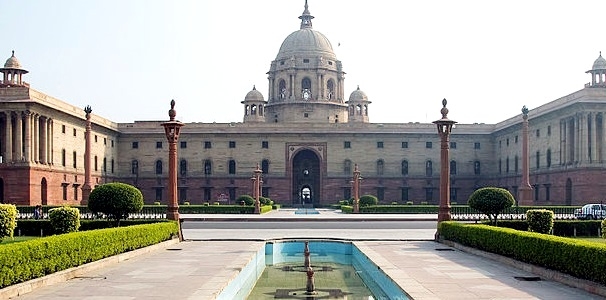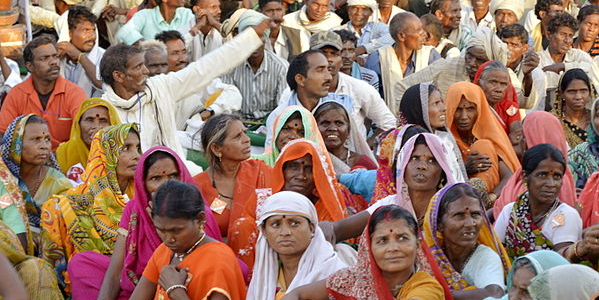As the Indian bureaucracy completes 160 years, former Indian Administrative Service (IAS) officer T.R. Raghunanandan reflects on the decisions being taken by the government to reform the IAS and the impact these are likely to have. The first part of this blog can be found here.
Things seem to be moving swiftly in the circles of IAS reforms. The idea of having a fourth level of examinations at the end of the Common Foundation Course, which I had said was unnecessary, seems to have been dropped for now, going by the reports in the papers. However, that has not laid to rest other questions, two of which considerably exercise the mind at the moment; the one of lateral entry at the Joint Secretary’s level and the other, of the stand-off between the elected government of Delhi, and particularly its chief minister, and the IAS. I propose to deal with the latter in this blog.
The circumstances of the current controversy on who is answerable to whom in Delhi, are well known. One would not hazard to look at the issues of the facts, because, depending on where one sits, one has a diametrically opposite view point on the facts that have led to the dispute between the IAS and the elected government. Suffice to say that there is tension between the two; and that is a masterly understatement.
Regardless of my personal views on the matter as to who is right or wrong at this point in time, I have long held that the crux of the issue was the delay by the Supreme Court in determining the exact boundaries of the responsibilities of the elected government of the union territory of Delhi and the Union Government. As long as these boundaries were hazy, there was ample scope for disputes between the union and the union territory’s elected government. Disputes of this nature almost always place the permanent bureaucracy in a sensitive position; as they are used as the arms and ammunition for political battles.
Sadly, last week’s Supreme Court order did not make matters clear. At the end of 535 pages of sometimes heavy reading; one is still at a loss to get answers to precise questions that needed to be answered. Broad statements such as that the Lieutenant Governor works under the aid and advice of the elected government, and that the two ought to work with a spirit of cooperation, hardly suffice when the tussle is about real issues on the ground; who issues transfer orders of staff, who recruits and who clears and undertakes procurement processes. It is not as if the Supreme Court were not aware of these matters, even though these might not have been framed into precise issues and questions to be answered by the court.
Once again, there is ample scope for the bureaucracy to be accused of favouritism and being subordinated, possibly under threat, to the union government.
What does the bureaucracy do in such matters? When faced with orders that contradict each other, what line of thought ought to be the norm?
The answer lies in the fundamentals, which is the hierarchy of orders or directives. Any student of public administration knows well enough that the working directives that drive governance on a day to day basis, such as rules, bye-laws, instructions and letters, only constitute a subordinate framework, which is subject to the law. The law, in turn, is subject to the provisions of the Constitution.
True, bureaucrats who take upon themselves the task of interpreting the Constitution may find themselves in a tight spot, because their interpretation might be disputed, particularly when it comes to the nuances of the separation of functions between levels of government. However, in this case, the Supreme Court has already given an interpretation, which needs to be acted upon. The key to understand such interpretations is to proceed in the opposite direction as one would if one were to be faced with a battery of rules and laws. One needs to comply with the broad principles and then fill in the detail.
Whatever may be the gaps in the interpretation of the Supreme Court, the judgment makes two clear and unequivocal statements. First, that the LG works under the aid and advice of the Council of Ministers, and that all matters in the State and Concurrent List, excluding subjects that are specifically excluded, come within the domain of the elected government. Surely, that is easy to interpret?
The problem arises when tactical positions are taken, with a view to the future, as to which position is to be supported. Such positioning by the bureaucracy, which comprises largely of ambitious loners, might yield benefits to individuals who ride the risks. However, it undermines the bureaucracy as a whole. Politicians are canny creatures; always on the lookout for chinks in the armour of the permanent bureaucracy. Over the years, politicians are no longer befuddled by the impassive barriers that the bureaucracy builds against quick and decisive actions; if an officer won’t do what the politician of the day wants, the latter will find a new officer to do their bidding.
As it stands today, it looks as if more issues will be raised before the Supreme Court. In particular, the issue of who controls the services of the officers in Delhi, will be raised. However, whatever may be the outcome, the position of the bureaucracy as a permanent and objective servant of the political power of the people expressed through the latter’s representatives, will be undermined. The nice thing about a democracy is that political power changes hands, sometimes when one least expects it. But politicians also teach each other tricks that succeed. Manipulating and playing mental games to subjugate the permanent bureaucracy is one of them.
The views expressed are of the author only and do not represent an institutional stand.



